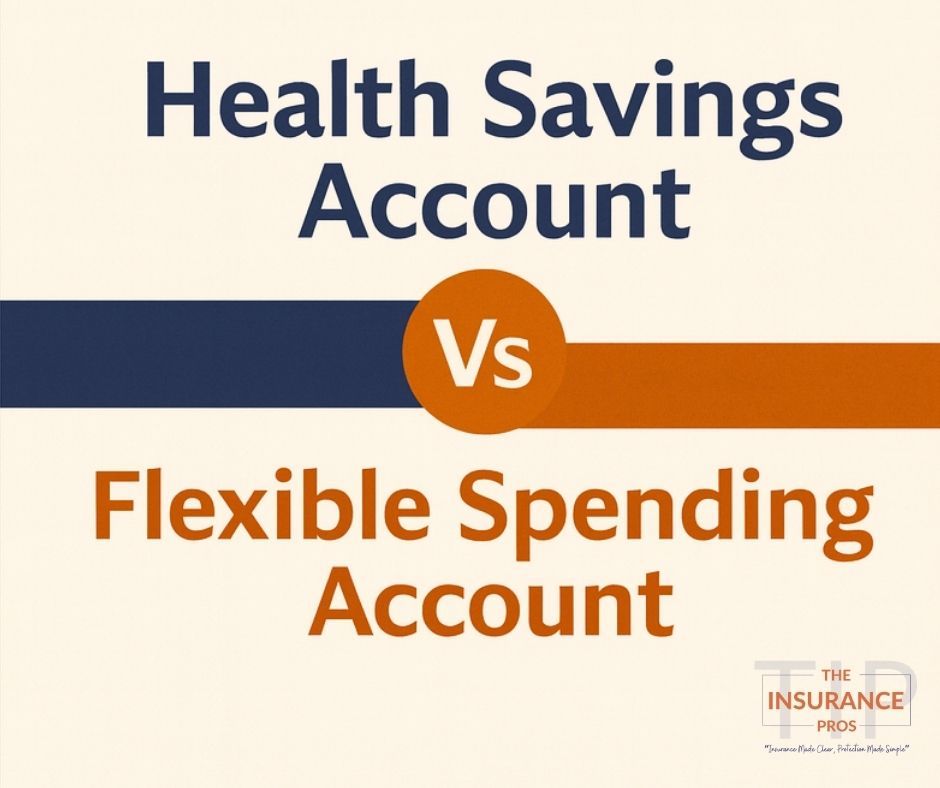Family Glitch Explained

What is the ACA’s Family Glitch?
The “family glitch” refers to the fact that from 2014 through 2022, when the affordability of an employer-sponsored health plan was determined, it was based on just the cost for the employee. The cost to add family members was not taken into consideration but the affordability determination was then applied to all members of the family who could be added to the employer-sponsored health plan.
A person is only eligible for premium subsidies on the exchange if they are not eligible for affordable employer-sponsored health insurance.
So, if a family’s employer-sponsored coverage offer was considered “affordable” (based on the cost to cover just the employee) and provided the “minimum value” (a plan that covers at least 60% of average costs for a standard population), the entire family was ineligible for subsidies in the exchange.
In 2022, employer-sponsored coverage is deemed “affordable” if the cost for employee-only coverage would be less than 9.61% of household income. This threshold is indexed annually by the IRS, and will drop to 9.12% in 2023.
Why it’s important:
Currently when determining eligibility for premium tax credits, coverage for family members of an employee is considered to be affordable as long as employee-only coverage is affordable which leaves many families of workers ineligible to receive premium and cost-sharing subsidies to purchase coverage on health insurance exchanges, even though in reality they would likely have to pay well over 9.83% of their income for family coverage.
The rule change is fairly simple and straightforward: Instead of basing the affordability determination for a family’s employer-sponsored health insurance on just the cost to cover the employee, the determination will now be made based on the cost to cover the employee plus family members, if applicable.
Here are some key takeaways from this:
- The family glitch fix will be in effect as of 2023.
- If a family has to pay more than a certain percentage of household income (9.12% in 2023) for the employer-sponsored plan, they will potentially be eligible for premium tax credits in the marketplace.
- There will be a separate affordability determination for the employee (based on self-only coverage), and for family members (based on the total cost of family coverage).
- Nothing will change about the ACA’s employer mandate. Large employers will still have to provide affordable, minimum-value coverage to their full-time employees, and offer coverage to those employees’ dependents (offering coverage to spouses is optional).
Contact us for help this enrollment season!


Hey Bosses: The “One Big Beautiful Bill” Is Here to Shake Up Your Health Plan. Let’s Not Get Played.









